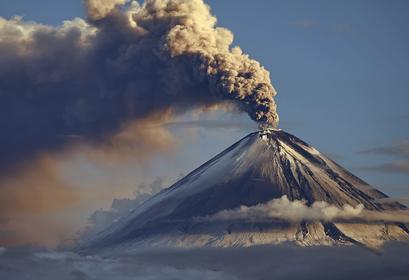2022-08-14
This article concerning the emissions of volcanic CO2 takes on the emissions from the IPCC climate consensus that volcanic CO2 is but a tiny fraction of man's CO2.
That may be a long way from the truth, given that volcanic emissions have been calculated on the basis only of eruptions, whereas plenty of emissions occur outside the scope of erupting volcanoes - volcanic vents and geysers, and even, as the Greeks may attest, ancient oracles all emit volcanic gases more or less all the time, and of course we shouldn't omit to include the emissions from climate zealots that insist that "WE ARE ALL GUILTY!" whenever their pet theories (AKA "consensus science") are challenged.
Now it is problematic to distinguish volcanic CO2 from fossil CO2 since it seems that these share the identical isotopic fingerprint (ie: they are identical!) so once released into the atmosphere they cannot be told one from the other.
So it's necessary to try to estimate volcanic emissions some other way.
Doughty researchers from the University of Leeds have checked out a subglacial non-erupting volcano in Iceland, which turned out to be "a globally important source of atmospheric carbon dioxide (CO2) in spite of being previously assumed to be a minor gas emitter".
Ah! The perils of the unsubstantiated minor assumption!
And that's just one quiescent volcano, of unkown hundreds ... "During the past 10,000 years, there are about 1500 volcanoes on land that are known to have have been active, while the even larger number of submarine volcanoes is unknown" - and that's just the ones supposedly known to have actually erupted. How many more are simmering quietly, awaiting their moment of destiny?
Of course, the emissions from a quiescent source may continue over long periods, whereas eruptions tend to occur at infrequent intervals (unless you are Mount Etna). It all makes it very difficult to pin down the overall balance, but it does seem that the IPCC may have additional work to do. Mind you, this was published in 2018, so they've had five years already ...



